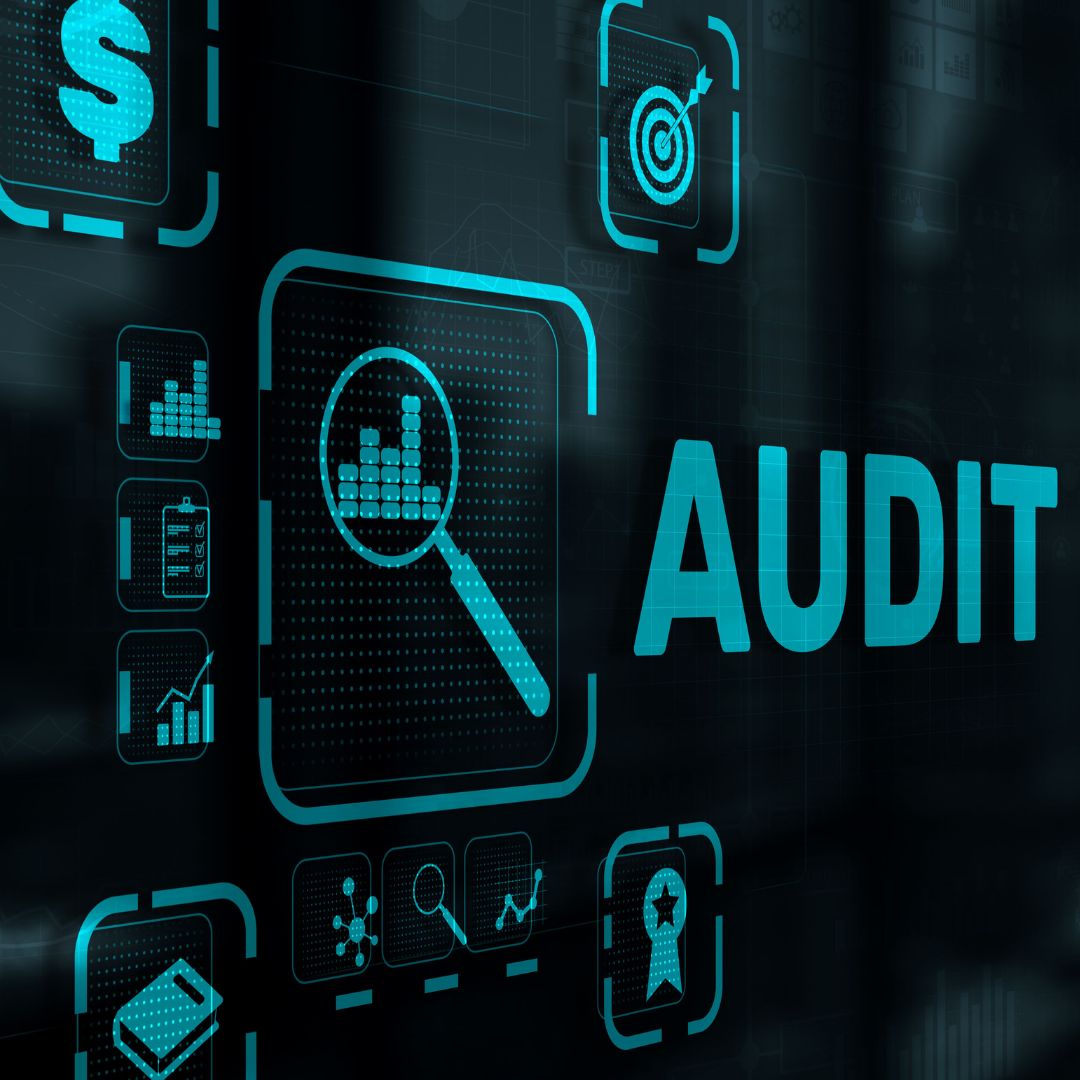Embarking on a content audit can seem like an uphill battle.
It’s true when optimizing your online presence; the biggest challenge often is… conducting a comprehensive content audit.
The thought alone leaves many business owners scratching their heads. But this is what distinguishes you from the rest of the pack. If you’re unsure how to perform an effective content review, reaching that next level in your marketing efforts might remain elusive.
Achieving this triumph isn’t easy, my friends.
Take, for instance, a business owner who confided in me that once he began his initial content audit, he was instantly overwhelmed by the vast amount and intricate nature of the data at his disposal.
Loads of content can be intimidating, but having a step-by-step process helps. So let’s begin.
Table Of Contents:
- Why Content Audits Matter
- Steps Involved in Conducting a Content Audit
- The Role of Sitemaps in Content Audits
- FAQs in Relation to Content Audit
- Conclusion
Why Content Audits Matter
When you think of content, your first reaction might be, “I gotta create fresh content from scratch,” and you start scrambling with the big question; what do I create? Where do I start?
But here’s how content reviews are more than just a trend in online business. They’re essential for businesses that want to stay competitive and relevant online. Not to mention that they can also be a sanity saver. Here’s why; your blogs, service & landing pages need to be reviewed to understand if your content is working so you meet not only your business goals but also reach the right audience.
The SEO Boost of Regular Content Audits
A content audit is like spring cleaning your website, helping you identify outdated or irrelevant content that could drag down your search engine rankings. Search engines such as Google place a high value on fresh and up-to-date information.
Sites that have been around for a while may likely contain blog posts or landing pages which are no longer functioning optimally.
Regular content audits allow these weak points to be spotted and necessary adjustments, like updating information or removing the page, to enhance visibility on search engines.
Beyond deletion, though, auditing also involves identifying what types of content work best based on metrics like engagement rates and dwell time from previous pieces so future creation aligns with audience preferences, improving organic traffic over time.
Ramping Up Audience Engagement Through Refreshed Content
In addition to boosting SEO performance through updated content, content audits significantly increase audience engagement levels as well.
This happens when existing materials remain current and valuable, increasing interaction across all mediums.
Your target audience’s tastes evolve, and so should your offerings.
For instance, if recent trends show increased interest in video tutorials instead of lengthy how-to guides among users visiting DIY sites, adapting accordingly would keep visitor interest piqued, thereby improving user involvement numbers overall.
Showing the search engines that your content is fresh and up-to-date will boost your rankings.
Fueling Conversion Rates Via User Experience Optimization
Key Takeaway: Think of content audits as a spring clean for your website, dusting off outdated materials and sprucing up with fresh information. This not only boosts SEO but also ramps up audience engagement and fuels conversion rates by aligning with evolving user preferences.
Steps Involved in Conducting a Content Audit
A content review is like your business’s annual check-up. It can help you spot what’s succeeding, where there are issues, and how to better things.
Just as sitemaps provide an organized overview of all pages on your website during the process, several other steps are involved to ensure that every aspect of your online presence gets thoroughly examined.
So let’s gather the data.
Defining Goals and Metrics
The first step towards conducting a successful content audit involves defining clear goals and metrics.
Your goal should be to focus on your clear objective.
The metrics could range from improving SEO performance or enhancing audience engagement to boosting conversion rates – whatever aligns best with your overall marketing strategy.
Google Analytics, for instance, provides insights into visitor demographics, behavior patterns, sources, referrals, etc., which can help track and measure progress against these objectives effectively.
The key here is to keep the end goal in sight throughout the entire auditing process to guide efforts in the right direction.
Inventorying Your Content
Taking stock of all existing web content forms the backbone of any effective audit exercise.
Every piece of content associated with your brand and published online should be considered, from blogs, articles to e-books, landing pages to infographics. Every piece of published material representing your brand online should be included in this inventory.
One way to create a comprehensive list is by using a spreadsheet, such as Excel or Google Sheets. Document each URL along with additional details such as title, type (blog post, infographic, etc.), publish date, word count, internal links, associated keywords, and others for handy reference and course of action.
The job may seem overwhelming, particularly when dealing with many items. Fortunately, today we have a plethora of automated tools at our disposal.
Ahrefs, Screaming Frog, SEMrush, and Ubersuggest, to name a few, offer robust features that make the job much more manageable, thereby saving a considerable amount of time and effort.
Analyzing Data Collected
Once we have gathered the required data, the next crucial step is analysis.
During this stage, our goal is to comprehend how different types of content perform across various parameters.
By utilizing the tools mentioned earlier, we can gain insights into the performance of various content formats.
Key Takeaway: A content audit is your business’s health check, scrutinizing every aspect of your online presence. It starts with clear goals and metrics, inventories all web content, and ends with a thorough analysis. Using tools like Ahrefs or SEMrush can streamline this process.
The Role of Sitemaps in Content Audits
Let’s talk about the unsung hero of content audits – sitemaps.
These handy tools are your roadmap to a successful audit, providing an organized overview of all pages on your website.
They’re not just for show; having a comprehensive and up-to-date sitemap can significantly streamline your content auditing process.
But what exactly is a sitemap? Let’s dive into that first.
Say Hello to Sitemaps
A quick intro: A sitemap is an index or directory with links leading to different sections or web pages within your site.
It acts as a guidebook, helping search engines like Google navigate through important parts more efficiently while enhancing user experience by making it easy for visitors to find desired information quickly without any hassle. XML-Sitemaps
If you’re wondering whether there’s only one type – nope. There are two main types, each serving its own purpose during the content audit process:
All About XML Sitemaps
An XML (Extensible Markup Language) sitemap comes packed with metadata-related details such as when the page was last updated, how often it changes, etc., which aids search engine bots in crawling and indexing websites effectively, improving visibility across platforms.
This makes them an indispensable part of an SEO strategy, especially considering their role in identifying outdated, irrelevant content that negatively impacts performance during regular audits.
Diving Into HTML Sitemaps
In contrast, HTML (Hyper Text Markup Language) sitemaps are designed keeping human users in mind rather than machines. They provide plain text links grouped into categories, aiding navigation, particularly if someone has difficulty finding specific information via standard methods available on-site (e.g., menus, widgets). Typically, they’re linked in the footer section, which remains easily accessible yet unobtrusive, allowing smooth browsing without distraction.
Key Takeaway: Don’t underestimate the power of sitemaps in your content audit process. Acting as a roadmap, they streamline audits and enhance user experience. With XML sitemaps boosting SEO by aiding search engine bots and HTML sitemaps improving site navigation for users, these tools are essential to maximizing website performance.
FAQs in Relation to Content Audit
What does a content audit do?
A content audit scrutinizes your website’s material to boost SEO, increase audience engagement, and drive conversions by identifying areas for improvement.
What should a content audit include?
An audit includes defining goals, inventorying existing content, collecting data for analysis, devising an action plan based on findings, and adjusting the overall strategy.
How do I prepare for a content audit?
To prepare for an audit, start with clear objectives. Inventory all your site’s contents. Use tools like Google Analytics or Semrush to collect relevant data.
What are the goals of a content audit?
The primary aims of an audit are enhancing SEO performance, boosting audience engagement, and increasing conversion rates by refining web page quality.
Conclusion
Understanding the importance of a content audit is step one.
You’ve learned how it can elevate your SEO, boost audience engagement, and drive conversions.
The process involves defining goals, inventorying content, and collecting data for analysis – all crucial steps in conducting an effective audit.
Sitemaps play a vital role too. They provide an organized overview of your website’s pages.
But remember this: knowledge without action remains just that – knowledge.
Take action on the knowledge you acquired. Join me and take your content further to improve marketing results.
If you’re ready to repurpose your content strategically and enhance your marketing efforts… click the appropriate button below.


